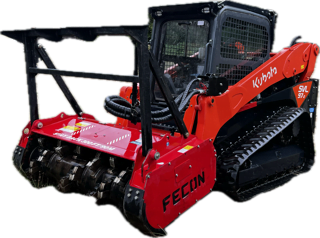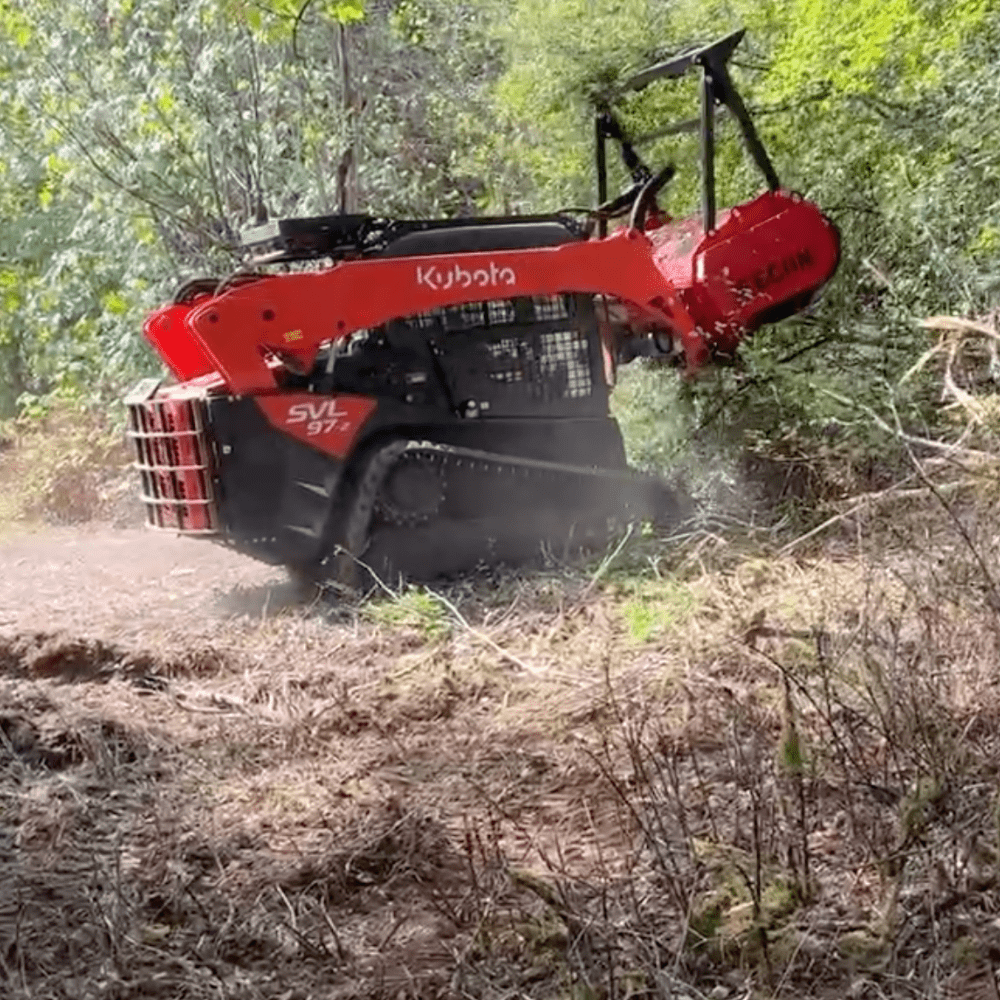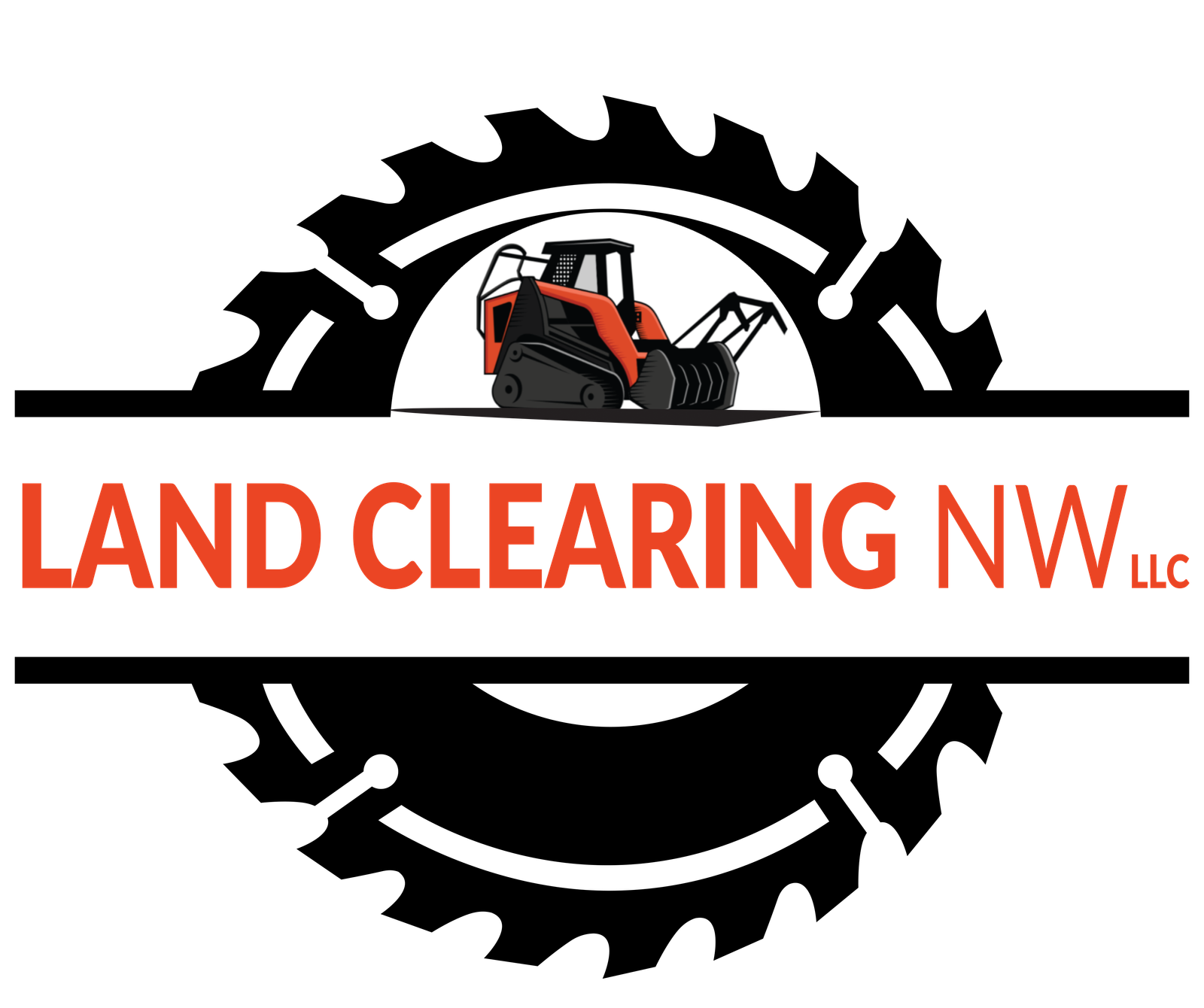Field/pasture restoration in Camas WA

Get a free estimate

Services
Field/pasture restoration in Camas WA
Pasture Restoration: Expert Guide for Camas, WA in 2024
Introduction
Pasture restoration is the process of rejuvenating degraded or neglected pasturelands to improve soil health, forage quality, and overall land productivity. This practice is essential for maintaining a sustainable agricultural system, ensuring that livestock have access to nutritious grazing areas, and promoting biodiversity. Land Clearing NW offers specialized services in field and pasture restoration, particularly in Camas, WA, to help landowners achieve these goals efficiently Land Clearing NW Pasture Restoration.
Top Pasture Restoration Methods
When it comes to pasture restoration in Camas, WA, several methods can be employed to ensure effective results. Here are some of the most common and effective techniques:
Soil Testing and Amendments
Soil testing is the first crucial step in pasture restoration. It helps determine the soil’s pH, nutrient content, and organic matter levels. Based on the results, appropriate soil amendments like lime or sulfur to adjust pH and fertilizers to enhance nutrient levels are applied.
Control of Invasive Species
Invasive species can outcompete native forage plants, reducing the overall productivity of the pasture. Techniques such as targeted herbicide application, mechanical removal, and controlled grazing can help manage these invasive species effectively.
Reseeding and Overseeding
Reseeding involves planting pasture grasses or legumes on bare or degraded patches, while overseeding adds these plants to the existing pasture to enhance forage quality and density. Using regionally adapted seed mixtures ensures better growth and resilience.
Grazing Management
Implementing rotational grazing systems helps maintain pasture health by allowing sections of the pasture to rest and recover. This practice prevents overgrazing, promotes even forage utilization, and improves the biodiversity of the grazing area.
For further detailed methods, Land Clearing NW provides extensive services tailored to the conditions in Camas, WA Land Clearing NW Services.
Choosing the Best Pasture Restoration Provider
Selecting the right provider for pasture restoration services is crucial to ensure quality and effective results. Here are some key qualifications and considerations:
Qualifications to Look For
- Experience and Expertise: Providers should have extensive experience in pasture restoration and a thorough understanding of local ecosystem requirements.
- Certifications: Look for companies that have relevant certifications from recognized agricultural and environmental organizations.
- Client Testimonials: Reviews and testimonials from previous clients can provide insights into the company’s reliability and service quality.
Questions to Ask Providers
- Can you provide a detailed assessment of my pasture’s current condition?
- What specific methods do you recommend for my land?
- How long will the restoration process take?
- What follow-up services do you offer for maintenance?
Red Flags to Watch Out For
- Lack of transparency in service offerings and pricing.
- No verifiable track record or references.
- Overemphasis on chemical treatments without considering sustainable practices.
For more on what makes Land Clearing NW a standout provider, visit their About Us page. Additionally, professional associations like the Society for Range Management offer resources for selecting qualified providers.
Pasture Restoration Costs
Restoration costs can vary depending on several factors. Here’s a breakdown of what you can expect:
Average Prices in Camas, WA
The average cost of pasture restoration in Camas, WA, can range from $500 to $2,500 per acre. This range depends on the existing condition of the pasture, the extent of restoration needed, and the specific methods employed.
Factors Affecting Cost
- Soil Condition: Poor soil health requiring substantial amendments can increase costs.
- Size of the Area: Larger pastures generally have higher overall costs but may have lower costs per acre.
- Type of Restoration Required: Combinations of soil amendments, reseeding, and invasive species control will impact the total expense.
Money-Saving Tips
- Early Soil Testing: Identify soil issues early to avoid more expensive corrective measures later.
- Use of Local Resources: Utilize locally adapted seeds and natural fertilizers to reduce costs.
- Consider DIY Components: Some tasks, like simple reseeding, can be done by landowners themselves to save money.
For a detailed quote and personalized advice, reach out to Land Clearing NW via their Contact Us page. Cost guides like HomeAdvisor’s Cost Guide can also provide additional insights into budgeting.
Pasture Restoration Regulations in Camas, WA
Understanding and complying with local regulations is crucial when undertaking pasture restoration.
Local Requirements and Permits
Camas, WA, has specific guidelines for land and pasture restoration, which often involve obtaining permits for significant alterations to the land. It’s essential to check with the Camas city planning office to understand what is required.
Environmental Considerations
Restoration projects must comply with regulations aimed at protecting local water bodies and wildlife. Measures might include implementing erosion control practices and avoiding the use of harmful chemicals near streams and rivers.
Land Clearing NW has a detailed blog post that discusses environmental considerations in pasture restoration which can be found here. For more information on local regulations, check the Clark County Community Development page.
Preparing for Pasture Restoration
Proper preparation can significantly enhance the efficiency and effectiveness of the restoration process.
Preparation Checklist
- Conduct a detailed soil test.
- Identify and map out areas heavily affected by invasive species.
- Plan for temporary fencing if rotational grazing will be used.
- Ensure all necessary permits are obtained.
Tips for Smooth Restoration
- Timing: Schedule restoration activities during the appropriate season to ensure optimal seed germination and growth.
- Coordination: Coordinate with your provider to ensure timely delivery of materials and services.
- Community Involvement: Engage with local agricultural extension services for additional support and resources.
Safety Measures
- Ensure all machinery is operated by trained professionals.
- Use appropriate personal protective equipment when applying herbicides or fertilizers.
- Clearly mark all restoration areas to prevent accidental entry by unauthorized persons.
Visit Land Clearing NW for more detailed service options and preparation tips Land Clearing NW Services. For additional safety resources, the National Agricultural Safety Database is an excellent reference.
Post-Pasture Restoration Management
Maintaining the restored pasture is key to ensuring long-term success.
Best Practices After Restoration
- Regular Soil Testing: Continual monitoring of soil health to adjust management practices as needed.
- Grazing Management: Implement rotational grazing systems to prevent overgrazing and promote pasture regrowth.
Follow-Up Options
Providers often offer follow-up services, such as periodic soil amendments and reseeding, to maintain pasture health. Discuss these options with your restoration provider.
Maintenance Tips
- Weed Control: Regularly monitor and control invasive weeds to prevent them from outcompeting forage plants.
- Fertilization: Apply fertilizers as needed based on soil test results to maintain optimal soil fertility.
- Regular Assessments: Conduct periodic assessments to track pasture health and make necessary adjustments.
Links to relevant services offered by Land Clearing NW can be found at Land Clearing NW Services. Resources like the Extension Foundation provide useful guides on pasture management.
Pasture Restoration Case Study
Here is an example of a successful project handled by Land Clearing NW in Camas, WA.
Project Overview
A landowner in Camas had a severely degraded pasture due to prolonged overgrazing and invasive species. Land Clearing NW was tasked with restoring the 10-acre parcel to a healthy, productive state.
Challenges and Solutions
- Invasive Species Control: Implemented targeted herbicide applications and manual removal to manage invasive species.
- Soil Health Improvement: Applied lime and organic fertilizers to correct soil pH and enhance fertility.
- Reseeding: Used a customized seed mix suited for the region’s climate to ensure robust pasture growth.
Results Achieved
Within a year, the pasture saw a significant increase in biomass and forage quality, with improved soil health and reduced invasive species presence. The landowner reported increased livestock productivity and overall pasture resilience.
For more information on this project and other locations, visit Land Clearing NW’s Camas Location Page.
Expert Pasture Restoration Tips
Here are some tips from the experts at Land Clearing NW:
- Focus on Soil Health: Prioritizing soil health will yield long-term benefits for pasture productivity.
- Use Native Species: Incorporate native plants that are well-adapted to local conditions.
- Avoid Overgrazing: Implement rotational or managed grazing systems to maintain pasture health.
Common Mistakes to Avoid
- Ignoring Soil Tests: Skipping soil tests can lead to inappropriate soil amendments, reducing effectiveness.
- Overreliance on Herbicides: Relying solely on herbicides can damage soil health and biodiversity.
- Neglecting Follow-Up: Failing to maintain the restored pasture can result in rapid degradation.
For more expert tips, check out Land Clearing NW’s blog posts here.
Pasture Restoration FAQs
1. What is the best time of year to restore my pasture in Camas, WA?
Spring and early fall are generally the best times for pasture restoration in Camas due to favorable weather conditions for seed germination and growth.
2. How long does it take to see improvements after restoration?
Improvements can be seen within the first growing season, but full restoration may take 1-2 years depending on the initial condition of the pasture.
3. Can I use chemical fertilizers for pasture restoration?
While chemical fertilizers can be used, it’s recommended to balance them with organic matter to promote soil health. Land Clearing NW can provide advice on suitable options specific to your pasture.
4. How do I prevent invasive species from returning?
Implement ongoing monitoring and regular maintenance, including spot-treating any new invasions promptly. A healthy and well-managed pasture is more resilient to invasive species.
5. Is professional help necessary for pasture restoration?
Professional services ensure a comprehensive approach and can significantly improve the success rate and efficiency of the restoration process. Land Clearing NW offers expert services tailored to local conditions in Camas, WA.
For more FAQs, visit Land Clearing NW FAQ.
Conclusion
Pasture restoration is a vital process for maintaining productive and sustainable agricultural land. With the right methods, preparation, and ongoing management, pasture restoration can lead to significant land improvements. Land Clearing NW’s expertise and tailored services in Camas, WA, make them an ideal partner for your pasture restoration needs.
Contact Land Clearing NW today for more information and to schedule a consultation Contact Us.

